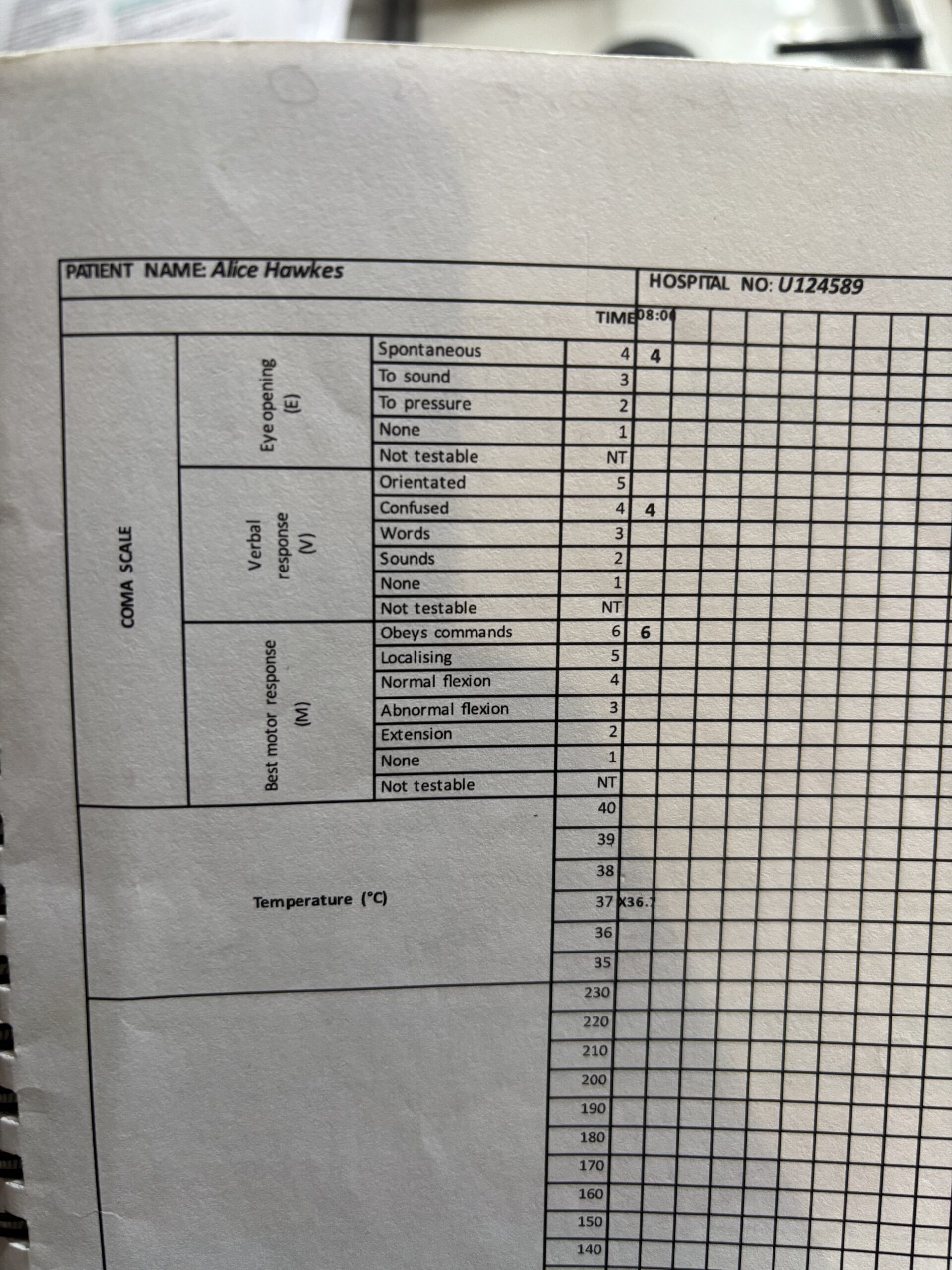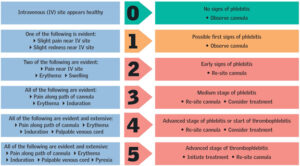
The Nursing and Midwifery Council (NMC) Objective Structured Clinical Examination (OSCE) is a crucial assessment for overseas nurses aiming to practice in the UK. One of the essential skills tested is the Glasgow Coma Scale (GCS), which is used to assess a patient’s level of consciousness. Here’s a step-by-step guide to help you master this skill.
What is the Glasgow Coma Scale (GCS)?
The GCS is a clinical tool used to evaluate a patient’s level of consciousness based on three components: Eye Opening (E), Verbal Response (V), and Motor Response (M). Each component is scored separately, and the total score helps determine the severity of a patient’s condition.
Step-by-Step Guide to Completing the GCS
Step 1: Eye Opening (E)
Assess the patient’s ability to open their eyes.
- Spontaneous (4 points): The patient opens their eyes without any stimulation.
- To Speech (3 points): The patient opens their eyes in response to verbal stimuli.
- To Pain (2 points): The patient opens their eyes only in response to painful stimuli.
- None (1 point): The patient does not open their eyes at all.
Step 2: Verbal Response (V)
Evaluate the patient’s verbal responses.
- Oriented (5 points): The patient fully orients and converses coherently.
- Confused (4 points): The patient responds to questions but is disoriented.
- Inappropriate Words (3 points): The patient responds with inappropriate or random words.
- Incomprehensible Sounds (2 points): The patient makes sounds but no recognizable words.
- None (1 point): The patient does not make any verbal response.
Step 3: Motor Response (M)
Assess the patient’s motor responses to commands or stimuli.
- Obeys Commands (6 points): The patient follows simple commands.
- Localizes Pain (5 points): The patient moves purposefully towards a painful stimulus.
- Withdraws from Pain (4 points): The patient pulls away from a painful stimulus.
- Flexion to Pain (3 points): The patient shows abnormal flexion in response to pain.
- Extension to Pain (2 points): The patient shows abnormal extension in response to pain.
- None (1 point): The patient does not show any motor response.
Calculating the Total GCS Score
Add the scores from each component to get the total GCS score. The total score ranges from 3 (deep coma) to 15 (fully awake).

Tips for Success
- Be Systematic: Always assess and score each component (Eye, Verbal, Motor) one by one.
- Communicate Clearly: Explain each step to the patient to keep them informed and reassured.
- Practice Regularly: Regular practice will help you become more confident and proficient in completing the GCS.
Common Pitfalls to Avoid
Rushing the Assessment: Take your time to accurately assess each component without rushing.
Inconsistent Scoring: Ensure you understand the scoring criteria and apply them consistently.
Ignoring Subtle Responses: Also Pay close attention to subtle responses, especially in patients with altered consciousness.


